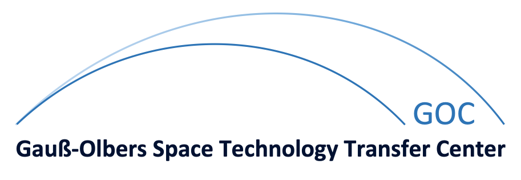| Abstract: |
Multi-carrier transmission schemes with general non-orthogonal waveforms provide a flexible time-frequency resource allocation and are bandwidth efficient. However, the interference inherently introduced by the non-orthogonal waveforms always requires a higher order equalizer at the receiver. Depending on the localization properties of the applied waveform, the structure and the complexity of this equalizer is adapted to consider channel influences, like carrier frequency and timing offsets. Especially for two-phase two-way relaying channels (TWRCs) where two users simultaneously transmit data on the same resources, a robust transmission scheme in presence of practical constraints such as asynchronicity is of utmost importance. This paper focuses on the utilization of general multi-carrier transmission schemes applied to TWRCs and the utilization of factor graph-based equalizers at the relay in order to mitigate the impacts of the physical channels, offsets, and the non-orthogonal waveforms. In combination with the subsequent physical-layer network coding (PLNC) detection/decoding scheme, this combination allows for a flexible design of the waveforms and the factor graph-based equalizer to meet the complexity-performance trade-off at the relay. As demonstrated by numerical evaluation results, the proposed multi-carrier scheme with well-localized waveforms utilizing factor graph-based equalizers outperforms OFDM in TWRC for a wide range of practical impacts. |







